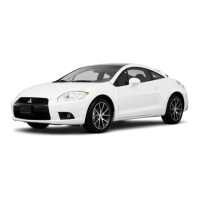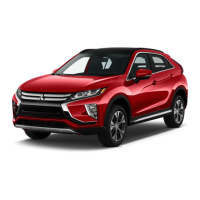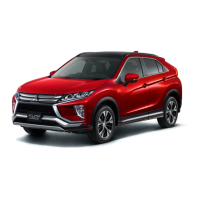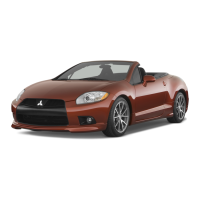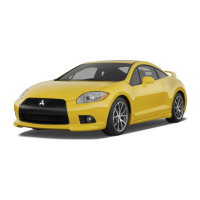
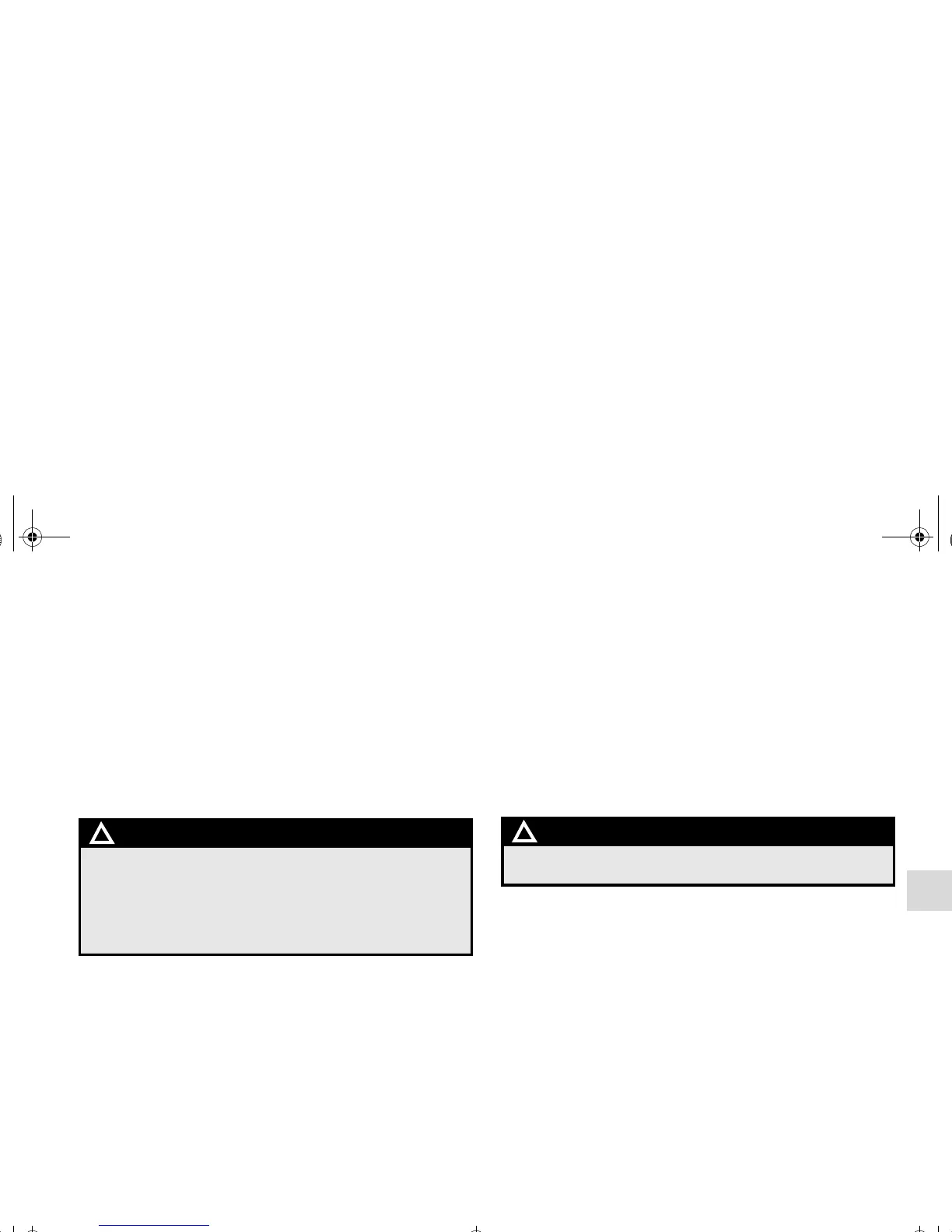 Loading...
Loading...
Do you have a question about the Mitsubishi ECLIPSE and is the answer not in the manual?
| Brand | Mitsubishi |
|---|---|
| Model | ECLIPSE |
| Category | Automobile |
| Language | English |
Details on selecting the correct unleaded gasoline for your vehicle and understanding octane requirements.
Instructions on how to correctly refuel the vehicle, including safety precautions for handling gasoline.
Guidelines on vehicle modifications and installation of accessories, emphasizing safety and warranty.
Importance of using genuine parts for performance, safety, and durability.
Information on front and rear seats, including adjustment and folding features.
Guidance on proper seat belt usage, including warnings and precautions for safety.
Guidelines for selecting and installing child restraint systems for maximum safety.
Explanation of the SRS system, including front, side, and curtain air bags and their operation.
Information on the vehicle's keys, including the key number and handling precautions.
How to use the keyless entry system for locking, unlocking, and panic alarm functions.
Instructions on how to use the cruise control system, including activation, speed adjustment, and deactivation.
Guide to using the Bluetooth® HFP system for hands-free calls and voice commands.
Overview of the audio system, including radio, CD player, and tone/balance controls.
Recommendations for improving fuel economy through driving habits and vehicle maintenance.
Warning about the dangers of driving under the influence of alcohol or drugs.
Tips for defensive driving, including awareness of traffic, road, and weather conditions.
Guidance on vehicle capacity weight and terms related to loading.
Precautions for determining cargo load capacity and safe loading practices.
Information on center and side vents and air flow direction adjustments.
Instructions for operating the manual air conditioning system and its control panel.
Guide to operating the automatic air conditioning system in AUTO and manual modes.
Overview of the audio system components, including radio and CD player controls.
Information on activating and using the SIRIUS Satellite Radio service.
Steps to take when the vehicle breaks down, including hazard lights and engine issues.
Procedure for jump-starting a vehicle with a weak or dead battery using jumper cables.
Steps to take if the engine overheats, including safety precautions when opening the hood.
Step-by-step instructions for changing a vehicle tire, including safety warnings.
Recommendations for towing the vehicle, including the use of commercial tow trucks and equipment.
General precautions for vehicle maintenance, emphasizing safety and professional service.
Instructions on how to check and refill engine oil and replace the oil filter.
Information on tire grades, pressure, and replacement, including safety warnings.
Location of fuse blocks and identification of fuses for electrical systems.
Instructions for replacing various light bulbs, including safety precautions.
Information on reporting safety defects to NHTSA and vehicle safety resources.
Instructions on how to report safety defects to NHTSA and Transport Canada.
Guidance on actions to take in the event of an accident, including remaining calm and contacting authorities.
Location of vehicle identification and emission control labels.
Detailed dimensions for the ECLIPSE and ECLIPSE SPYDER models.
Technical specifications for the 2.4 liter and 3.8 liter engines.
Specifications for tires and wheels, including size, PCD, and offset.
Table of fluid capacities for engine oil, transmission, coolant, washer fluid, and refrigerant.
